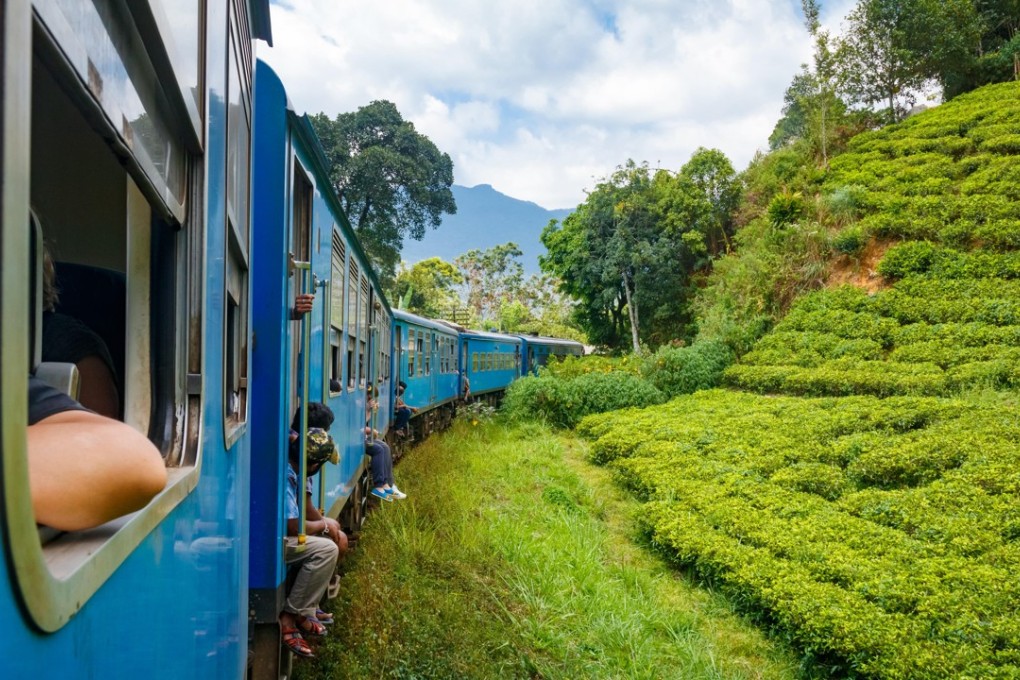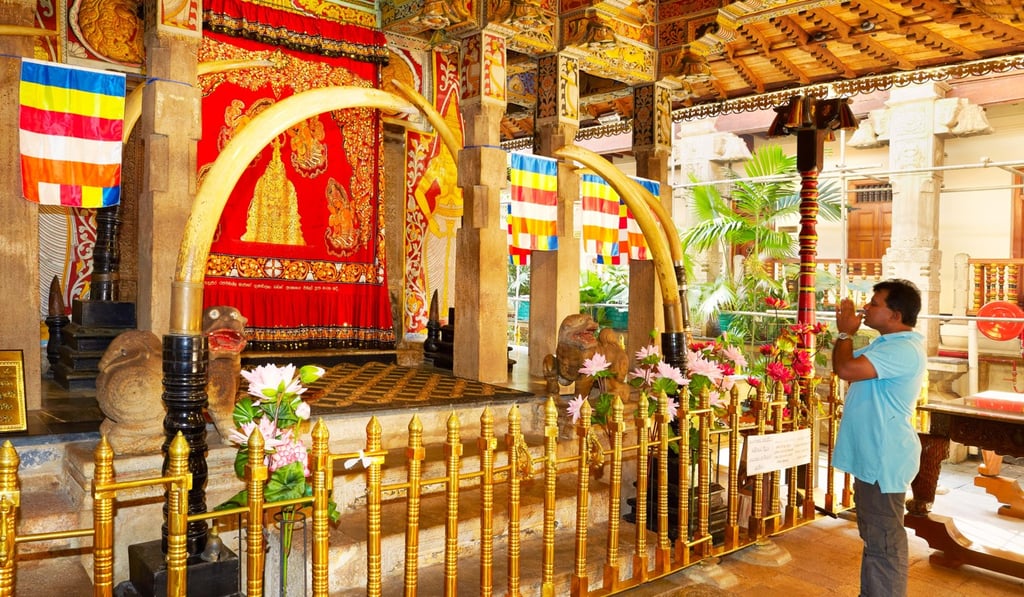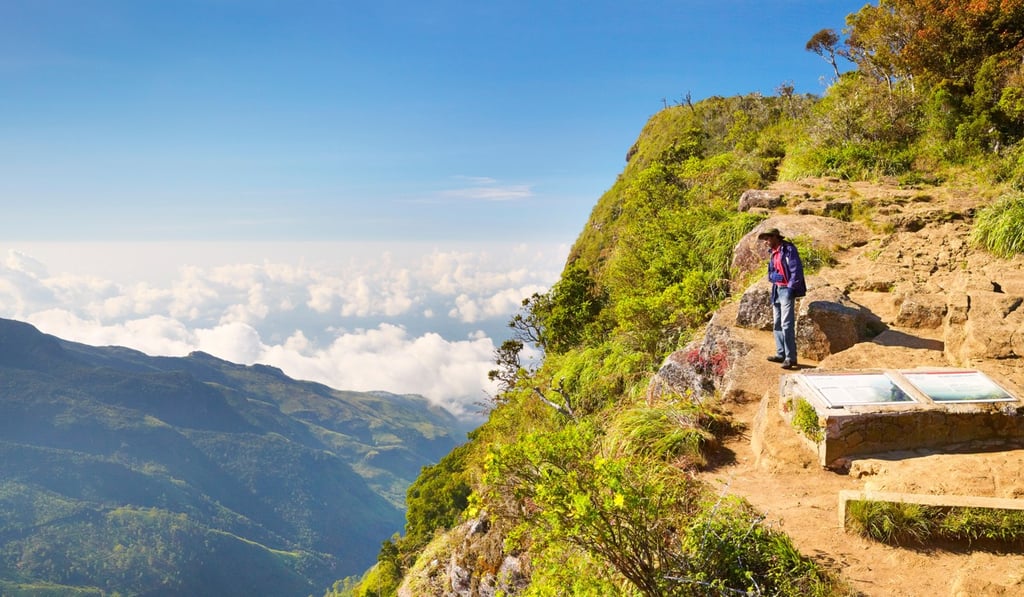Sri Lanka’s tea country: the good, bad and ugly sides to the plantations of Ceylon
The highlands of India’s tear drop boast breathtaking scenery and one of the world’s great train journeys, but spare a thought for the tea pickers, who toil for pittance and are at increasing risk from landslides

The good
Had it not been for a severe outbreak of Hemileia vastatrix in the 1870s, today’s visitors to Sri Lanka would be booking sightseeing tours to the coffee hills. Back then, Ceylon, as the island was known, was the world’s biggest coffee producer, but disaster struck in the form of a fungal disease called coffee rust that decimated crops. Facing ruin, British planters switched production and tea bushes soon corduroyed the highlands. Today, the leaves of the evergreen shrub are the nation’s most valuable export – only tourism generates more revenue.

Previously perspiring passengers rummage through their rucksacks in search of warm clothing and, after strolling around the large lake that dominates the sugary-sounding second city, the reinvigorated holidaymakers pad barefoot around the Buddhist Temple of the Tooth. Here a gold casket hidden in a gilt-roofed chamber is said to contain a tooth that belonged to the Lord Buddha. The holy molar is almost never on display, heightening the sense of mystique.
The scenery is even more breathtaking beyond Kandy. The train huffs and puffs higher into the hills, seeming to pause at stations to get its breath back rather than to pick up passengers. The track zigzags past tea estates, tumbling waterfalls and pine forests on its four-hour ascent to Nuwara Eliya, aka Little England.
The time-warp town’s colonial bungalows, half-timbered post office and annual horse races draw the crowds, especially at Sinhalese New Year in April. At 1,890 metres above sea level, evenings are chilly – this might be the only time you ever get to sit beside a log fire so close to the equator.

